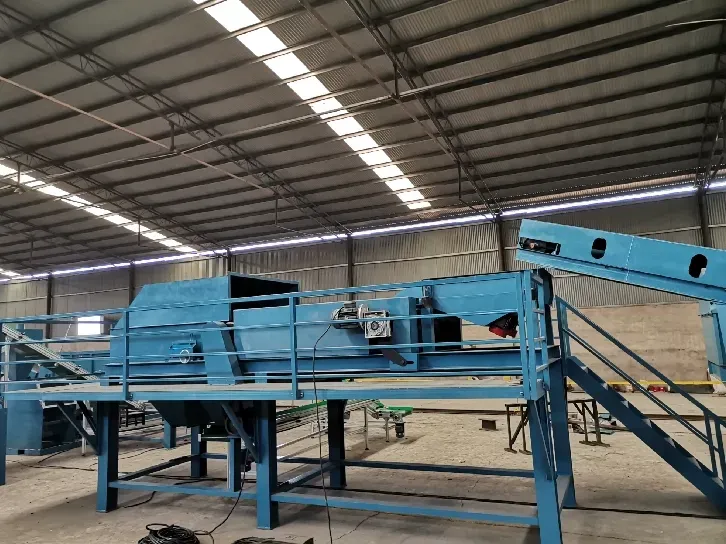Navigating the landscape of copper wire granulators requires understanding the intricacies of both the product and its market dynamics. These machines, pivotal for recycling businesses, break down cables into copper and plastic components, ensuring a valuable supply chain while supporting sustainability efforts. As the demand for recycled copper rises, the granulator's price point becomes a critical consideration for firms looking to optimize their operations while remaining cost-efficient.

Copper wire granulators are sophisticated devices built specifically to facilitate the conversion of scrap cable into reusable materials. Their efficiency not only aids in waste reduction but also promotes resource conservation in industries ranging from electricity to telecommunications. Expertise in handling and maintaining these machines is crucial for maximizing their benefits, which include improved processing speeds and high recovery rates for copper.
Price determinants for copper wire granulators encompass several factors. The primary considerations include the machine's capacity, the sophistication of its technology, and the level of automation it offers. A higher capacity machine, capable of processing multiple tons of wire per day, generally commands a higher price. The granulator's ability to efficiently separate copper from insulation using advanced shredding and granulation technology is a testament to its sophisticated engineering, naturally impacting the purchase cost.

Informed buyers often assess the total cost of ownership beyond the initial purchase. This involves scrutinizing the machine's energy consumption, ease of maintenance, and the availability of spare parts and technical support. Investing in a machine that might have a higher upfront cost can lead to greater long-term savings if it operates efficiently and has a lower frequency of repairs.
Moreover, the brand reputation and the manufacturer's support network are crucial indicators of the equipment's reliability and longevity. Established brands might offer models with advanced features like dust collection systems or noise-reduction technology, enhancing the working environment and reducing health risks. Checking user reviews and industry testimonials helps in reinforcing the trustworthiness of these products, providing insights into real-world performance that go beyond technical specifications.
copper wire granulator price
For businesses evaluating copper wire granulators, it is essential to consider the evolving regulatory landscape. Environmental regulations increasingly incentivize the use of machinery that meets high environmental standards. Adopting machines engineered to reduce emissions and energy consumption can not only align with government policies but also enhance a company’s market image as a leader in sustainable practices.
Emerging consensus in the recycling industry underscores the importance of using machines with adaptable technology. Granulators that can be easily upgraded or modified accommodate different types of wires — from household extension cables to heavy-duty industrial wires — offering a comprehensive solution. This not only ensures future-proofing against market changes but also enhances operational flexibility.
As the industry advances, integration with data-driven decision-making tools is becoming another focal point for experts. Modern granulators with integrated data analytics allow for monitoring processing metrics in real-time, optimizing operations, and ensuring maximum efficiency. This innovation drives competitiveness in the marketplace, as businesses can rapidly adjust to changes, such as fluctuations in copper prices, by maximizing output and minimizing cost.
The purchase of a copper wire granulator represents a substantial investment; hence, a detailed cost-benefit analysis is paramount. Firms should evaluate potential revenue from copper recovery against the full life cycle costs of the machinery, including installation, operation, and eventual decommissioning. Expert consultation with industry specialists or partnering with experienced vendors can facilitate better procurement decisions, aligning machine specifications with business goals for optimal performance.
In conclusion, while the price of a copper wire granulator is a major consideration, it should not overshadow other critical factors such as efficiency, total cost of ownership, adaptability, and compliance with environmental standards. Informed by real-world experience, expertise in using these machines can establish industry authority and cultivate trust among stakeholders. Businesses that strategically invest in quality equipment can expect enhanced productivity, reduced environmental impact, and significant financial returns.


